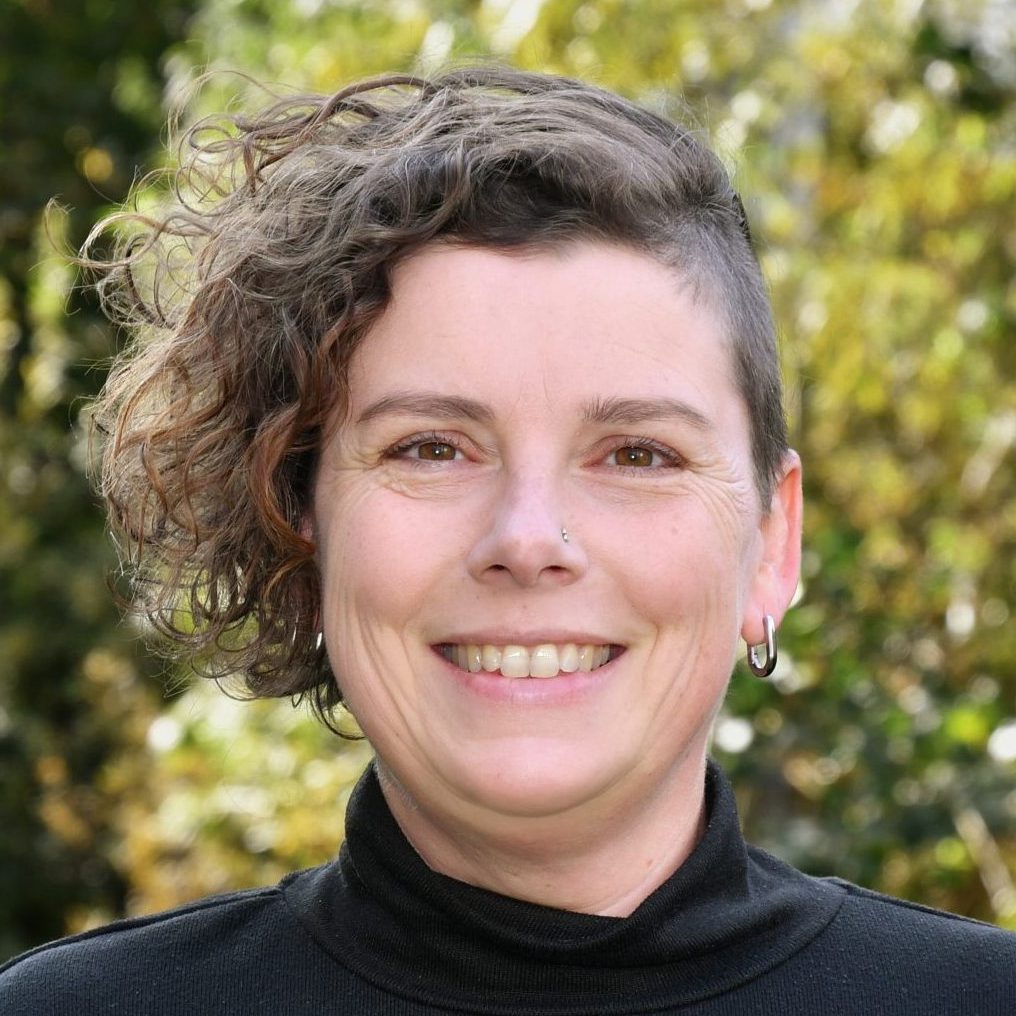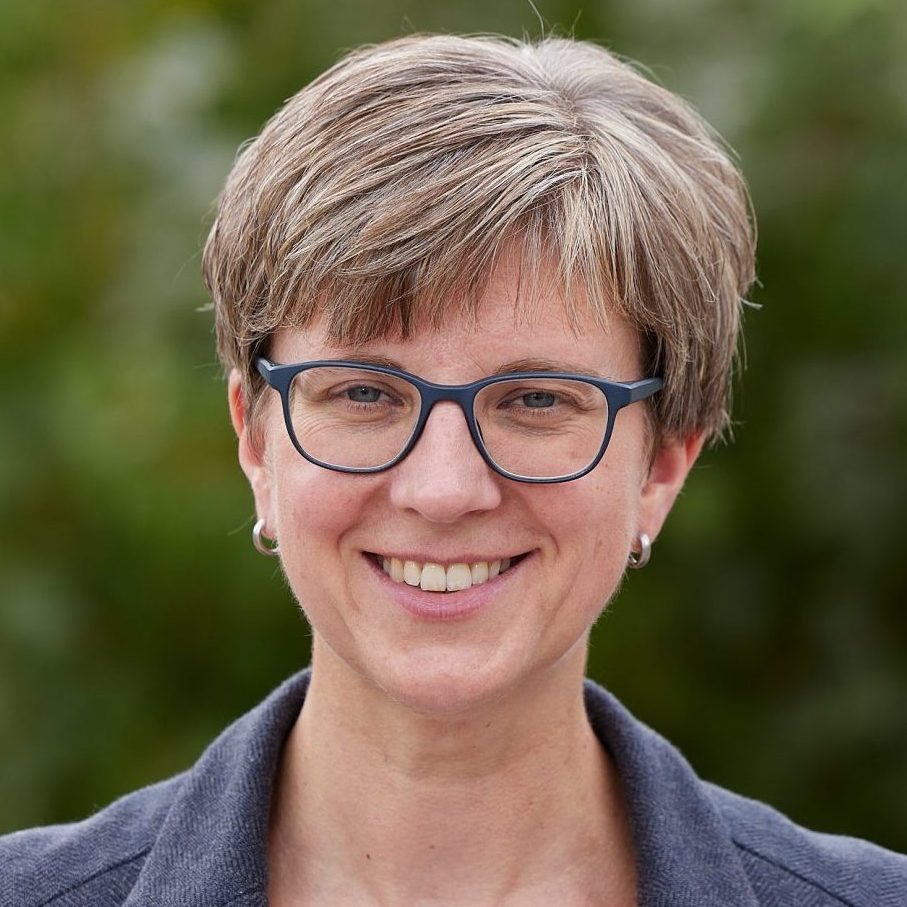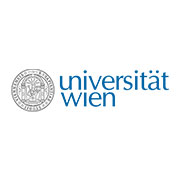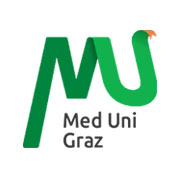
WP 2.1 Cross-Kingdom Interactions in the Ectomycorrhizal Symbiosis
project description
Temperate and boreal forests together cover about 25% of the world’s land area. The majority of tree species in these forests are associated with ectomycorrhizal fungi (EM). These fungi are root symbionts, which significantly increase their plant host’s access to soil nutrients via their extended hyphal network. Beyond that, they are important drivers of soil C sequestration, as a significant part of the C photoassimilated by trees is channeled into large fungal hyphal networks in the soil. A better understanding of the mechanisms behind the relationship between plants and their EM fungal partners will advance predictions on the C cycle feedback to climate change in a significant proportion of the Earth’s biomes.
Plants have various belowground allies for accessing soil nutrients. On the one hand, more than 80% of all plant species live in close association with mycorrhizal fungi. On the other hand, plants also benefit from microfaunal grazers (such as protists) of rhizosphere bacteria that accelerate recycling, and thereby nutrient availability, in the rhizosphere (the ‘microbial loop’). It has been proposed that rhizosphere bacteria, which fuel the microbial loop, and EM fungi compete with each other for plant-derived C. At the same time, EM fungi have been suggested to pass on plant C to microbial saprotrophs to facilitate nutrient uptake in the hyphosphere.
The balance of these, mostly unknown or understudied, interactions likely impacts plant nutrient availability and has consequences for soil C sequestration. We hypothesize that a tight and complex interplay among plants, EM fungi, and rhizosphere bacteria and their grazers regulate nutrient availability and C cycling in forest soils. Owing to the complexity of rhizosphere communities and processes, knowledge about cross- kingdom interactions in the ‘ectomycorrhizosphere’ of trees remains scarce. We aim to shed light on this by combining C and N stable isotope tracing with cutting-edge visualization techniques.
We will expose ectomycorrhizal beech or spruce seedlings (representative of dominant tree species in European forests) to 13C-labeled CO to trace photoassimilated C into different parts of the root system and various rhizosphere microbial groups (e.g., PLFA-SIP, qSIP, EA-IRMS, NanoSIMS, stimulated Raman spectroscopy). In addition, we will investigate interactions between roots and simplified model microbial communities at the microscale in microfluidic chips (‘root on a chip’), which facilitate analyses of controlled cell-to-cell interactions between roots, fungal hyphae, bacteria, and protists via advanced microscopic, chemical, and isotope imaging techniques. In both systems we will investigate potential cross-kingdom signaling molecules and cross-feeding metabolites.
This project will provide novel insights into mechanisms of cross-kingdom (plants – fungi – protozoa – bacteria) interactions and advance our understanding of the interplay between the various microbial groups in the ectomycorrhizosphere of forest trees. A better understanding of this interplay will increase our knowledge on the effect of plants on soil C and N cycling. Such knowledge can be eventually incorporated into ecosystem C cycling models to improve the representation of the plant- soil feedback to climate change.
work package leader

CHRISTINA KAISER
University of Vienna
Associate Professor at the Division of Terrestrial Ecosystem Research (CeMESS)
Member of the CoE Board of Directors
work package members

mark anthony
Assistant Professor
university of vienna

giorgia cantini
PhD Student
university of vienna

peter ertl
CoE Key Researcher
technische universität Wien (TU wien)

stefan gorka
Postdoctoral Researcher
university of vienna

bernhard lendl
CoE Key Researcher
technische universität Wien (TU wien)

christine moissl-eichinger
CoE Key Researcher
medical university of graz

andreas richter
CoE Key Researcher
university of vienna

florian selinger
Postdoctoral Researcher
technische universität wien (tu wien)

michael wagner
CoE Key Researcher
university of vienna

dagmar wöbken
CoE Key Researcher
university of vienna
involved institutions



CoE publications in wp 2.1
Bunn R. A., Corrêa A., Joshi J., Kaiser C., Lekberg Y., Prescott C. E., Sala A., Karst J. 2024, What determines transfer of carbon from plants to mycorrhizal fungi?, New Phytol, 244(4), doi: 10.1111/nph.20145

